Foraging in Marine Park - Nov 27, 2005
Based on a tour given by "Wildman" Steve Brill in Marine Park, Brooklyn.
1: Curly dock. Lemony flavor, especially when cooked. Has narrow curly leaf. These are just starting to grow.

2: Mugwort. Steep 20 minutes to make herb tea that is good for PMS. Is in wormwood family.
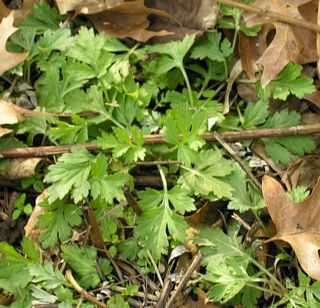
3: Phragmite
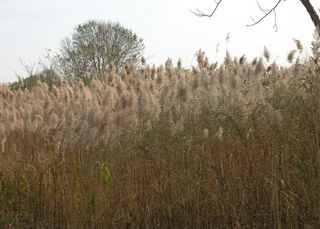
4: Wild carrot. Deeply cut leaves. Has fine fuzzy hairs on leaf stalk. Poison hemlock looks like this, but won't have carrot smell. Carrot only edible from Fall to April. Then root becomes tough as wood. In second year it has lacy flowers and is called Queen Anne's lace. You can then eat the seeds.
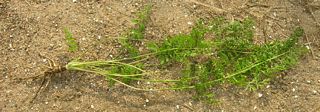
5: Chickweed. Lots of it this time of year.
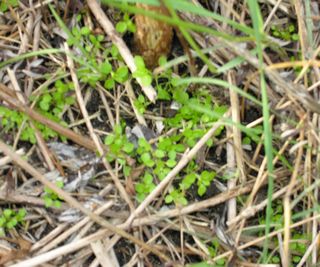
6: Parsnips. The big leaves. (The small is the wild carrot.)
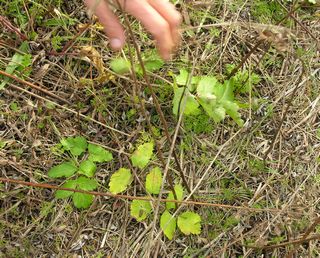
7: Parsnips root

8: Second year parsnips
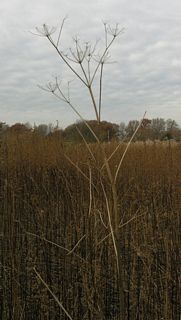
9: Second year Queen Anne's lace.
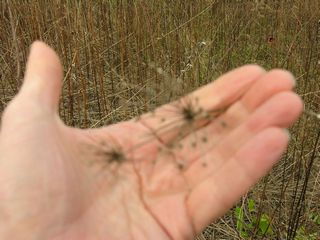
10: Northern bayberry
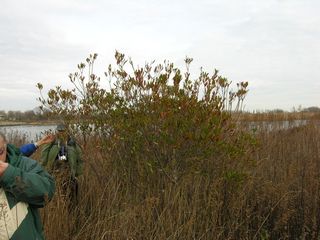
11: Northern bayberry. Close up of leaves.
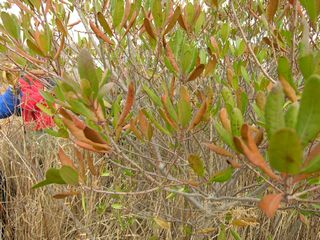
12: Fucus seaweed

13: Bottlebrush seaweed. Not edible.

14: Orache. In the goosefoot family. Leaves like little arrows. Also called saltbush, since it only grows on salty soil.

15: Orache. Steve is going to get some seeds.

16: Orache seeds
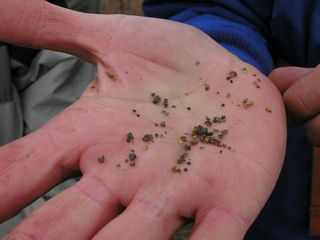
17: Goldenrod. Stalk and leaves.

18: Chickweed again. This is one of the plants that digital cameras can't focus on.

19: Northern bayberry, female
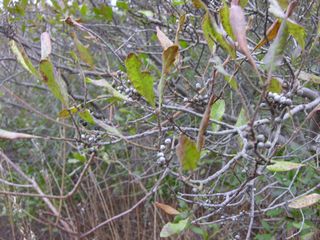
20: Sheep sorrel. Close up of leaves.
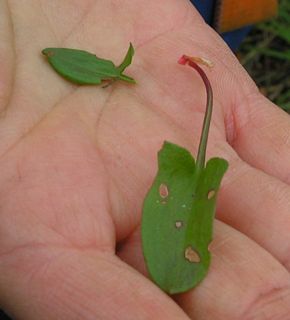
21: Sheep sorrel in situ.
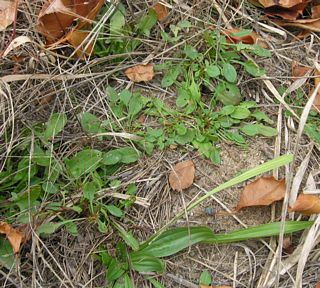
22: Smooth sumac. With some bittersweet growing on it.
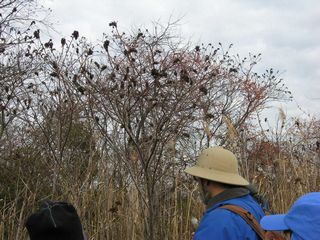
23: Milkweed pod. Not on tour.
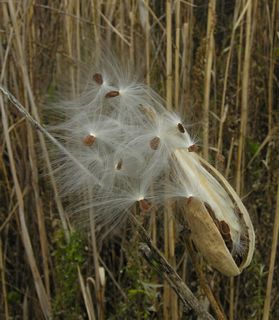
24: Bittersweet. Poisonous. Used for wreathes. It is expensive, and there is lots of it here.
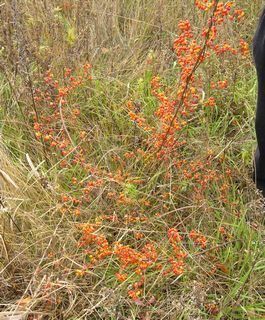
25: Long leaf plantain. Can rub on mosquito bites.
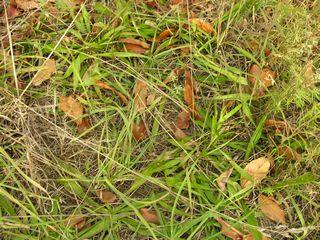
26: Autumn Olive. Should have berries in November.
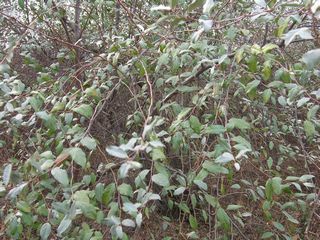
27: Prickly pear cactus. Has very fine thorns. Can burn them off in the stove. This is as far north as it grows.
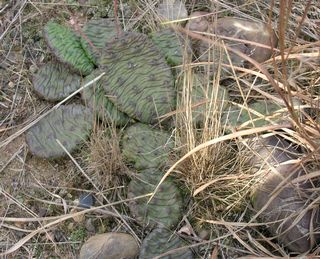
28: Mallow, Common

29: Chicory and dandelion. Wildman is explaining the leaf shape differences. This is the time of year for them.

30: Shepherd's purse. Very young.
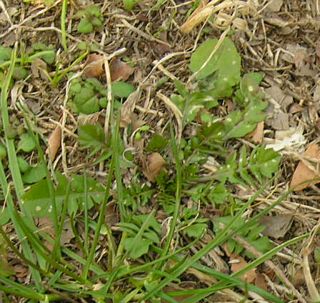
31: Shepherd's purse. A little older.
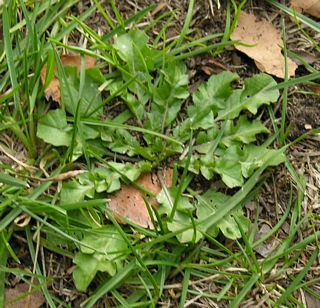
32: A stand of Japanese knotweed.
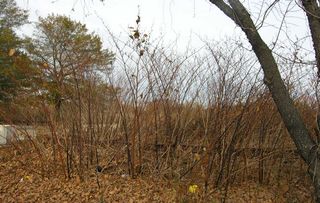
33: Wild lettuce
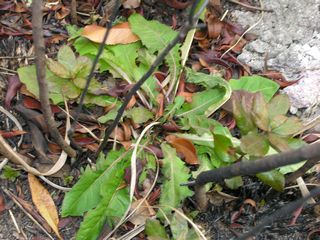
34: Mullein, first year. Makes tea.
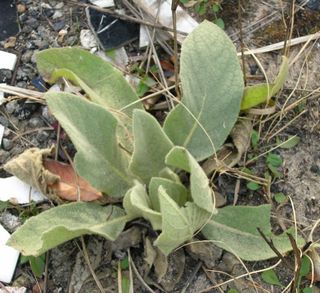
35: Second year evening primrose
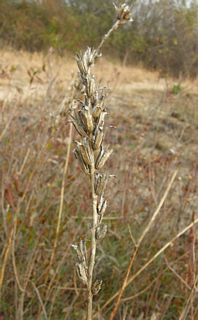
36: Yarrow
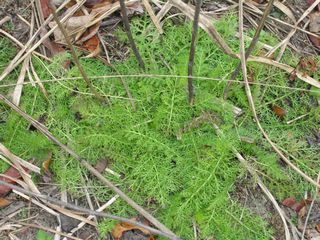
37: Mullein, second year
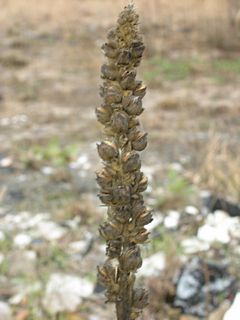
38: Wild asparagus
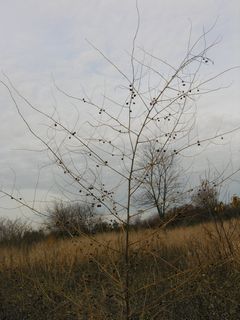
39: Asparagus berries

40: Wild asparagus
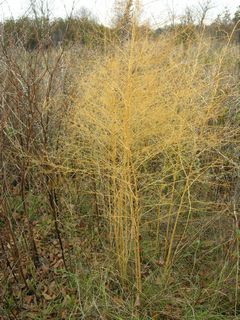
41: Winged sumac leaves. Most leaves fell off.
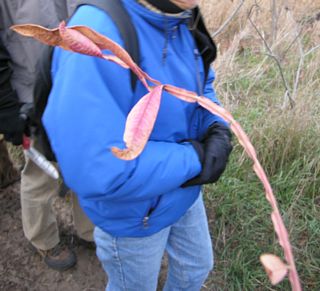
42: Winged sumac closeup. Rains have washed the color and flavor away.

43: Winged sumac. Some better ones. Darker red. [But the camera went strange.]

44: Field Garlic (Wild Onions). Use like chives. At this time of year the bulbs are edible.
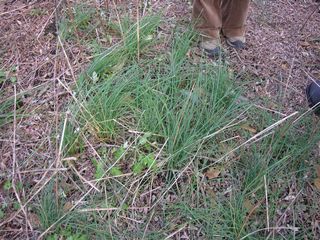
45: Black locust tree. Good in Spring. Note long grooves in bark.

46: Black locust seed pod.
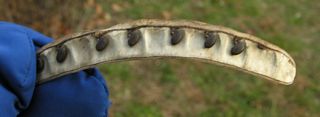
47: Possum. My camera is a wide angle camera and this was maximum optical zoom.

48: Possum. This time with digital zoom maxed out.
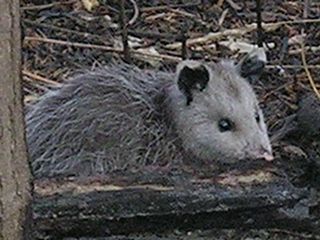
49: Hawthorne
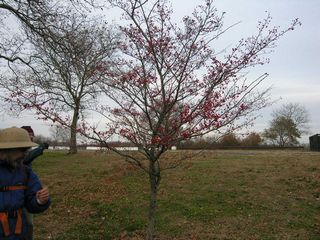
50: Poor man's pepper
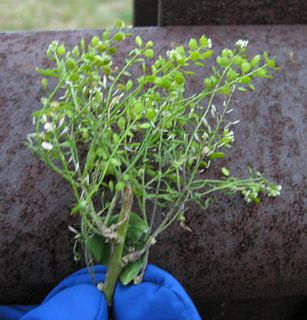
51: Common evening primrose. Closeup of the root.
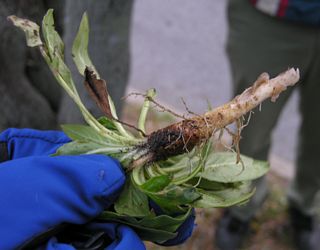
52: Common evening primrose. In situ. Note basel rosette and white down middle of leaf.

53: Crabapples
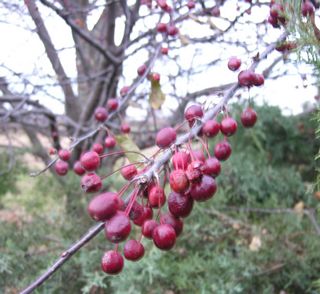
54: Crabapple tree

55: Yew. It was getting dark. I couldn't get any berry pictures. But berries are edible, just the seed is poisonous.
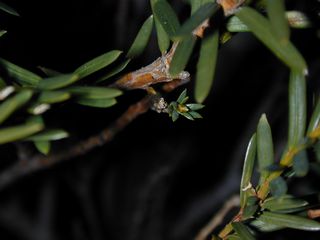
© Don Wiss 2005-2024. All rights reserved.







